Are you a beginner DJ looking to master the art of scratching using a controller?
We’re hooking you up with this step-by-step guide on everything you need to know to cut and scratch like a pro on virtually any DJ gear!
As a global online DJ school, we get asked about scratching a lot as it’s a key skill that DJs of different styles are interested in. So we’ve enlisted DMC champ, DJ Blakey, to turbo-boost our Ultimate Scratching DJ Course!
In this article, we share our top tips for learning how to scratch and provide a step-by-step breakdown of some infamous scratching techniques, such as the deceptively simple baby scratch and the impressive four-finger crab scratch!
We also look at the best type of controller for scratch DJs and how to optimize your device to make it scratch-ready.
By the end of the guide, you’ll have a solid foundational knowledge of DJ controller scratching and the skills needed to elevate your DJ performances to the next level.
And we’re here every step of the way to help you master this fun, credibility-boosting DJ skill.
Let’s go!
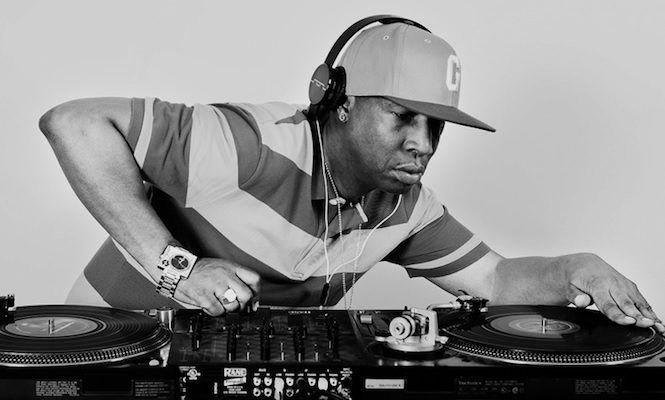
Why learn to scratch?
Scratching sounds awesome! It instantly injects excitement and energy into music of a variety of genres.
A technique that allows DJs to manipulate the sound of a track musically, it was originally performed by moving vinyl records back and forth on a turntable. An artform discovered accidentally by Hip-Hop legend Grand Wizzard Theodore in the 1970s when he was trying to pause a record with his hand!
For more on the roots of scratching and its original music genre, hip-hop, see our How To Mix Hip Hop article.
The technology behind scratching has since evolved, so it can now also be performed on most modern DJ equipment, such as controllers and CDJs.
Thanks to the evolution of media players and their ability to manipulate digital music files, scratching is easily emulated using controllers and music stored on a computer, so it’s now more accessible to aspiring DJs as the financial and practical barriers have been removed.
Although synonymous with hip-hop and its roots, scratching has since cross-pollinated into plenty of neighbouring genres and even sounds great over some unrelated genres when performed well.
Scratching adds instant credibility to a set or routine, so it’s no wonder plenty of DJs want to add this killer ability to their skillset!
Use a controller designed for scratching
Controllers are devices designed to emulate DJ decks and a mixer, all packaged into one convenient device.
They plug into laptops and allow DJs to mix with digital music files stored on the computer via DJ performance software such as Serato and Rekordbox.
Most controllers feature jog wheels that simulate the feel of a turntable platter, allowing you to scratch just like a traditional turntablist DJ would.
To begin scratching on a controller, it’s important to understand the basics. First, familiarise yourself with the different types of DJ controllers available.
There are many options to choose from, ranging from entry-level controllers to more advanced models with additional features.
We recommend a battle-style controller for the best scratching experience.
These are tailor-made specifically for scratching, and the options on the market right now include some excellent low-cost entry-level offerings.
Check out our Best Beginner DJ Controllers Guide for a detailed look at the best controllers for all budgets and styles.
Although many controllers are good for scratching, our top pick for beginners looking to focus on scratching is the DDJ-REV1, an excellent open-format low-cost controller, perfect for DJs who want to focus on practising their scratching.
Check out our DJ DDJ-REV1, review video for more on this awesome controller!
Get to know your controller
Once you have your controller, it’s important to first familiarise yourself with its features and functions.
Getting a really solid understanding of how your controller works will help you make the most out of your scratching sessions. The more comfortable you are with your equipment, the easier it is to get creative with your DJing and use your device to its full potential!
Take the time to explore the various buttons, knobs, and sliders to engage your muscle memory which in turn will make it easier to learn any DJ technique, including cutting and scratching.
The best performance software for scratch DJs
To DJ with a controller, you will also need a laptop running DJ software of your choosing.
The laptop acts as the central hub for your music library and DJ software, so it must meet the minimum system requirements for running the DJ software you plan to use.
There are several DJ software platforms to choose from, and each will do the job well. One, in particular, has a real affinity with scratching and is so preferred by open-format and turntablist DJs worldwide: Serato DJ Pro.
Serato has built a solid reputation among scratch DJs, especially now with its superior Stems audio separating technology, which makes performing mashups and on-the-fly remixing a breeze!
We have fully comprehensive Serato courses for both beginner and intermediate-level DJs, covering all the core skills you need to DJ confidently and creatively! Follow the link here for a FREE lesson.
How to set up your controller for scratching
Now that you have your controller and all the necessary equipment, it’s time to get your gear scratch-ready!
Start by connecting your controller to your laptop using a USB cable. Most controllers are plug-and-play, so your computer will automatically recognise them.
Next, install the necessary drivers and DJ software on your computer. The specific steps will depend on the brand and model of your controller, so refer to the user manual or online resources for detailed instructions.
Once your DJ controller is connected and the software is installed, it’s important to calibrate it for scratching. This involves adjusting the sensitivity of the jog wheels and crossfader to ensure they respond accurately to your movements.
Entry-level controllers’ jog wheels have a preset tension, but more advanced models, such as the Pioneer DJ DDJ-REV5, have an adjustment dial, so you can make the wheels free-spin or feel super-tight, depending on your preference.
Setting up the crossfader
Most DJ software has calibration settings for the crossfader where you can adjust the parameters of its cut-in time.
This determines how far the crossfader needs to travel from the closed position to reach full volume; the shorter the distance, the ‘tighter’ the cut.
Tight cuts are crucial for most scratching techniques. Follow the software’s instructions to fine-tune the settings and set the crossfader to its tightest cut-in setting.
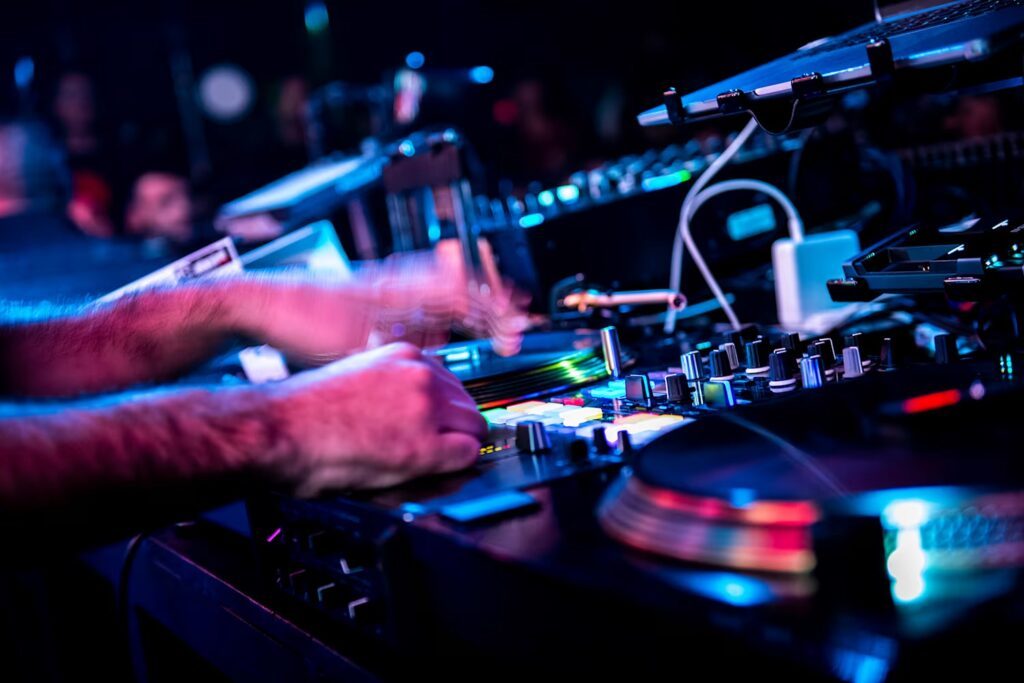
Three staple scratching techniques
Now that your controller is set up and calibrated, it’s time to dive into the different scratching techniques and styles.
There are countless techniques, each with its own unique sound and rhythm. In this section, we’ll explore some of the most common scratching techniques and provide step-by-step instructions to help you master them.
Baby Scratch
The baby scratch is the foundation of scratching and the easiest technique to start with. It involves moving the record back and forth in a rhythmic manner while the crossfader is left open.
Learning this technique is vital, as it lays the groundwork for all others by teaching you how to move your hands in time with a playing beat.
- Start by placing your hand on the left side of the jog wheel and moving it forward and then backwards. You’ll hear the sound of the music track speed forward with the forward motion and then quickly rewind with the backward motion.
- Once your hand has gotten used to making this forward-backwards motion, start to practice maintaining a consistent rhythm in time with a playing beat or metronome. Practice this technique until you can execute it smoothly and accurately.
- For some variety in your scratch sounds, try moving your hand back and forth at half and double speed to some beats of various BPMs so you can get used to scratching along to any music genre.
Watch this tutorial video where DJ Lawrence demonstrates how to perform the baby scratch!
Transformer Scratch
The transformer scratch builds on the baby scratch by adding some fancy crossfader work!
It is a more advanced technique that involves quickly opening and closing the crossfader with rhythmic precision to create a choppy, stuttering effect of audio and silence.
This is done whilst simultaneously moving the jog wheel forward and backwards with your deck hand to create a scratch sound.
- Start by performing a baby scratch,
- Instead of keeping the crossfader open, rapidly open and close it with each forward and backward movement of the jog wheel. This will create the chopped-up and rhythmic sound of audio and silence needed to complete the technique.
- Experiment by opening and closing the crossfader at different speeds and with different patterns to create unique variations of the transformer scratch.
Alternating between going fast and slow can produce some exciting sounds, for example, open and close the crossfader very fast whilst moving your deckhand really slowly, and vice-versa.
Crab Scratch
The crab scratch is a complex technique that involves using all four fingers to rapidly tap the crossfader open, one finger at a time, whilst the thumb provides a consistent resistance and pushes the crossfader back to the closed position.
This is one of the most complex techniques to master with a lot of DJs adapting the practice to use just two or three fingers instead of four as using all four requires incredible hand agility!
The fader motion results in a unique stutter sound of audio and silence, which has an almost robotic quality because it happens so fast! It can be used to add some interesting texture to scratch routines.
- While performing a baby scratch, start by placing your fingers on the crossfader, with your thumb firmly on the edge that pushes the crossfader closed and your fingers in a crab-like position on the opening side.
- Start tapping at the crossfader with your fingers, one at a time, whilst applying a gentle resistance with the thumb so that the fader shuts after each stab of the fingers.
- Combine this crossfader tapping motion with the forward and backward movement of the jog wheel to create a fast and intricate scratch.
This technique requires a lot of coordination and practice, so take your time and start slow!
See these skills in action…
Keep practising your scratching skills
Now that you’ve learned some essential scratching techniques, it’s important to practice consistently to improve your skills.
Follow the tips below to make the most of your practice sessions.
Start slow
When learning a new scratching technique, start slowly and gradually increase your speed as you become more comfortable. Focus on accuracy and precision before trying to perform the technique at high speeds.
Use a metronome
Practising with a metronome can help you develop a sense of timing and rhythm. Set the metronome to a comfortable tempo and try to match your scratching movements to the beat.
This will improve your overall timing and help you stay in sync with the music. Alternatively, you can scratch along to the same beat each time you practise, making sure that the BPM remains consistent each time.
Record your practice sessions
Recording your practice sessions allows you to listen back and identify areas for improvement.
Pay attention to the clarity and cleanliness of your scratches and note any mistakes or inconsistencies. Listening to your recordings will help you identify patterns and areas needing more practice.
Experiment with different musical genres
There’s no need to limit yourself to a single genre of music. You can practice scratching with different styles and genres to expand your musical knowledge and challenge yourself creatively.
Scratching can be applied to various genres, so explore different tracks and find your unique style!
Ask for feedback and learn from others
Join online DJ communities and forums to connect with fellow DJs and get feedback on your scratching skills.
Participating in scratch battles or competitions can also provide valuable feedback and help you gauge your progress.
Don’t be afraid to ask for advice or tips from more experienced DJs. They can offer useful insights and shortcuts to help you improve faster.
Our Crossfader Discord Server is a fantastic resource, offering an inclusive place for DJs worldwide to come together and share mixes, advice and their experiences in the world of DJing.
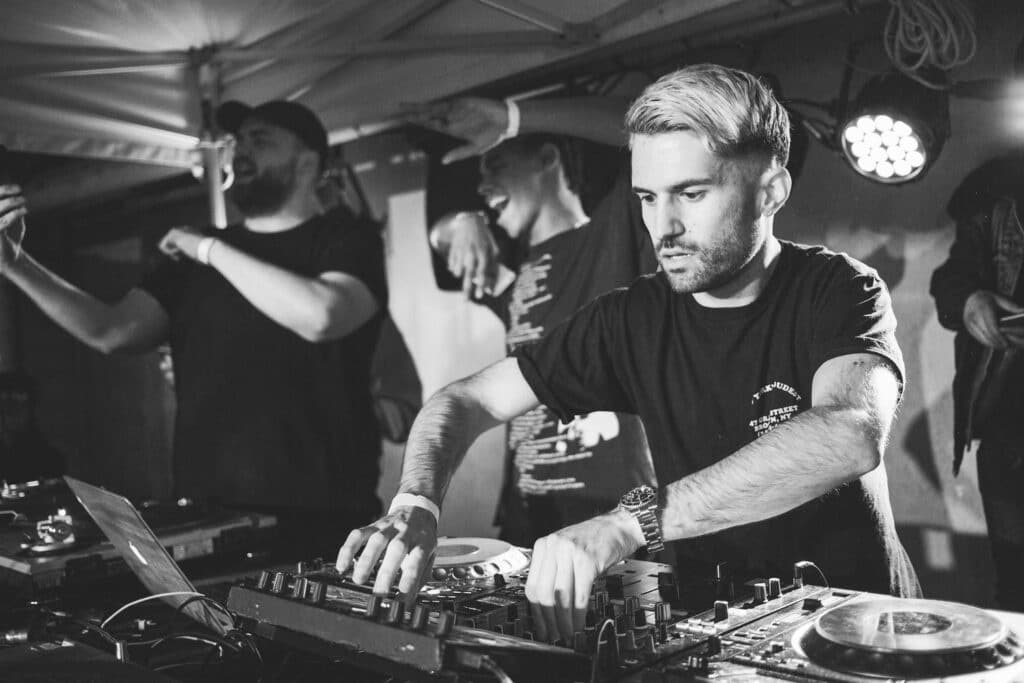
Get creative with your scratching
Once you’re pulling off scratch techniques with little effort, it’s time to start thinking about how to switch things up and make routines and performances your own!
Take inspiration from the countless battle DJ winners who have prided themselves on originality and pushing the boundaries of what can be achieved.
Many of them pioneered exciting new ways of scratching to win DJ battle competitions, such as the DMC world championships and the Red Bull Thr3Style world championships.
Follow these top tips to help you stand out from the crowd!
Experiment with different sounds and samples
Don’t limit yourself to the default sounds and samples that come with your DJ software. Explore different sound libraries and sample packs to find unique and interesting sounds to scratch with.
You could even record your samples or use sounds from movies, video games, or other sources to add a personal touch to your scratches!
Check out this awesome routine from DJ Puffy’s Red Bull Thr3e Style World Final from 2016 where he incorporated the Super Mario Bros theme tune!
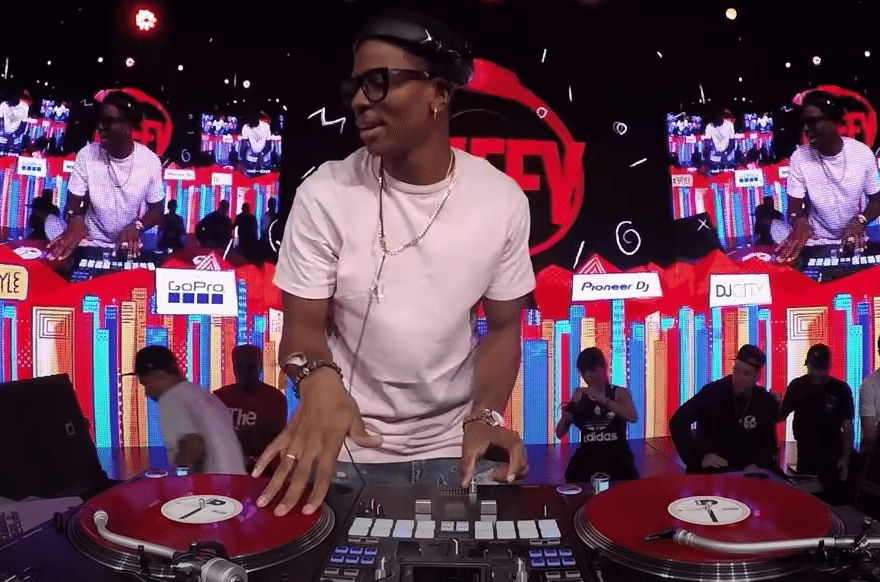
Combine scratching with other DJ techniques
Scratching doesn’t have to be a standalone technique. Experiment with combining scratching with other DJ techniques, such as beat juggling, looping, or effects manipulation. This will add depth and complexity to your performances and help you create unique and dynamic sets.
Check out this article on 12 Must-Know DJ Transitions that you can learn to complement your scratching skills.
Practice improvisation
Improvisation is an essential skill for DJs, as it allows you to respond and adapt to the energy of the crowd in real-time.
Practice improvising with your scratching by experimenting with different patterns, speeds, and rhythms on the fly. This will help you develop the ability to scratch spontaneously creating unexpected moments in your performances! It’s also a brilliant way of coming up with new techniques for routines.
Stay inspired and keep learning
The world of DJing is constantly evolving, with new techniques and styles always emerging.
Stay inspired by listening to other DJs, attending live performances, and exploring new genres of music. Keep learning and pushing yourself to try new things, as this will keep your scratching fresh and exciting.
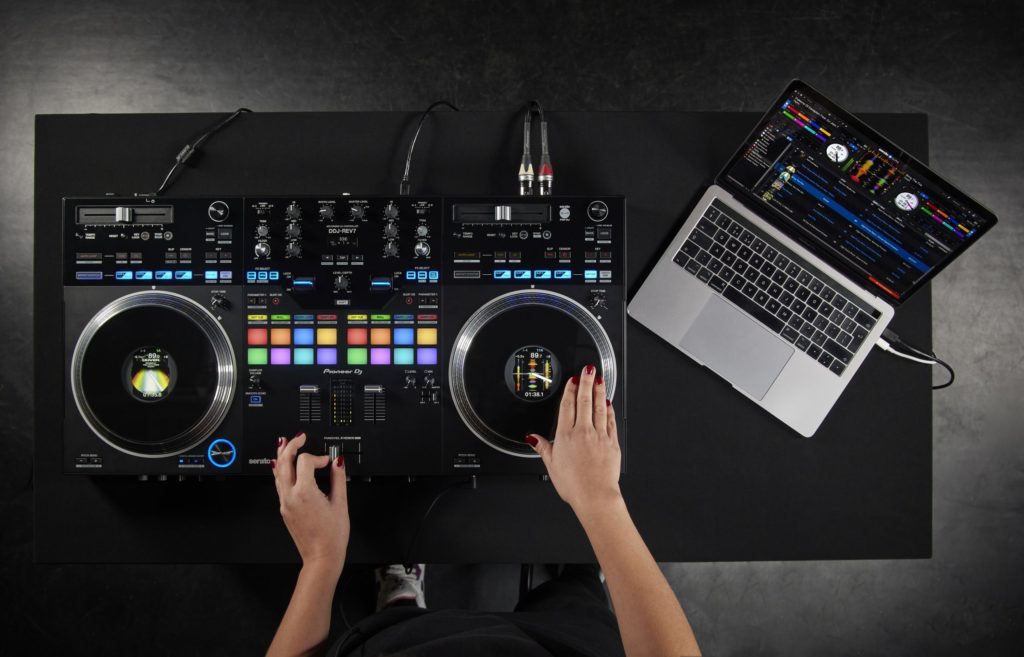
Common scratching mistakes to avoid
While learning to scratch, it’s common to make certain mistakes that can hinder your progress.
Here are some key things to avoid when learning to scratch.
Heavy-handed scratching
Scratching requires precise and controlled movements.
Avoid being too rough or forceful with your scratching, as this can result in unwanted and distorted sounds. Focus on maintaining a light touch and smooth movements to achieve clean and accurate scratches.
Forgetting the basics
It’s easy to get caught up in advanced scratching techniques and overlook the basics. Make sure to regularly practice the fundamental scratches, such as the baby scratch, to maintain a strong foundation. The basics are the building blocks of more complex scratches, so don’t underestimate their importance.
Poor timing & rhythm
Timing and rhythm are crucial in scratching. Make sure to practice with a metronome or alongside tracks with a consistent beat to develop your sense of timing. Pay attention to the rhythm of your scratches and strive to stay in sync with the music.
Overusing effects
While effects can add depth and creativity to your scratching, it’s important not to rely on them too heavily. Overusing effects can distract from the core scratching techniques and sound gimmicky. Use effects sparingly and purposefully to enhance your scratches, rather than relying on them as a crutch.
Neglecting musicality
Scratching is not just about technical skills—it’s about musicality, expression and creating a vibe.
Remember to listen to the music and let it guide your scratching. Pay attention to the dynamics and structure of the tracks and use your scratching to enhance the overall musical experience.
Scratch like a pro on your controller
Scratching is an incredibly intricate skill that requires the utmost coordination and respect for timing. Mastering the art takes patience, practice, and dedication.
By starting with the basics, understanding your equipment, and practising different techniques, you’ll be well on your way to becoming a scratching pro.
We hope you have found this beginners guide useful and that it has inspired you to start scratching.
If you want to take things to the next level are serious about levelling up your scratching game, our industry-certified Ultimate Scratching DJ Course will get you scratching confidently in your own time and at your own pace.
Perfect for both beginner and Intermediate DJs, It includes everything you need to learn from powering on your equipment and software for the very first time, right through to advanced creative skills that can be used to piece together competition-worthy routines!
Follow the link here for course details and to preview a lesson.
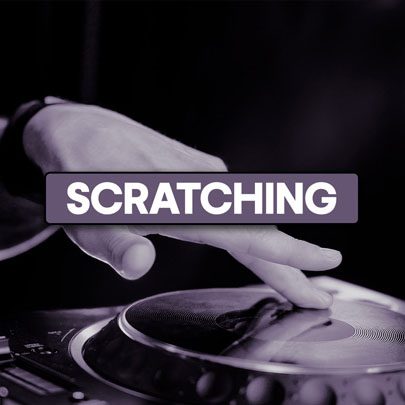
The Ultimate Scratching Course
5.8 hours
63 lessons
Creative

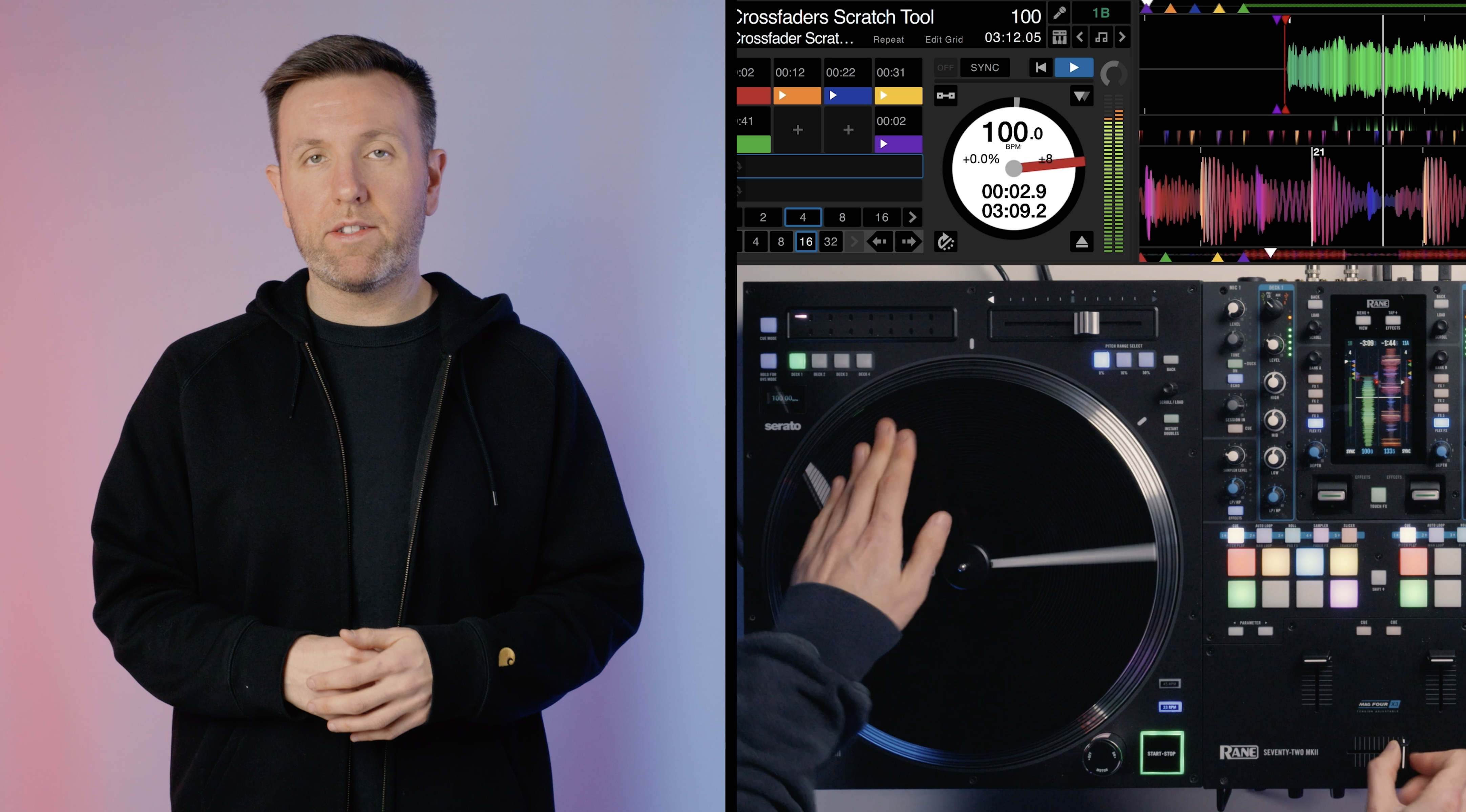
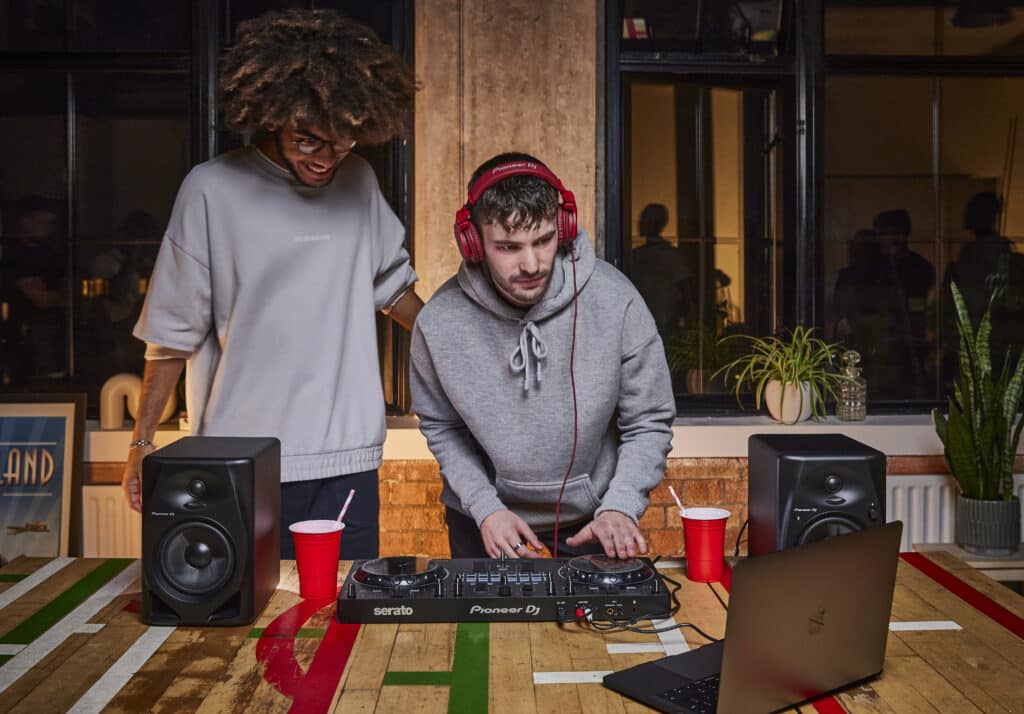
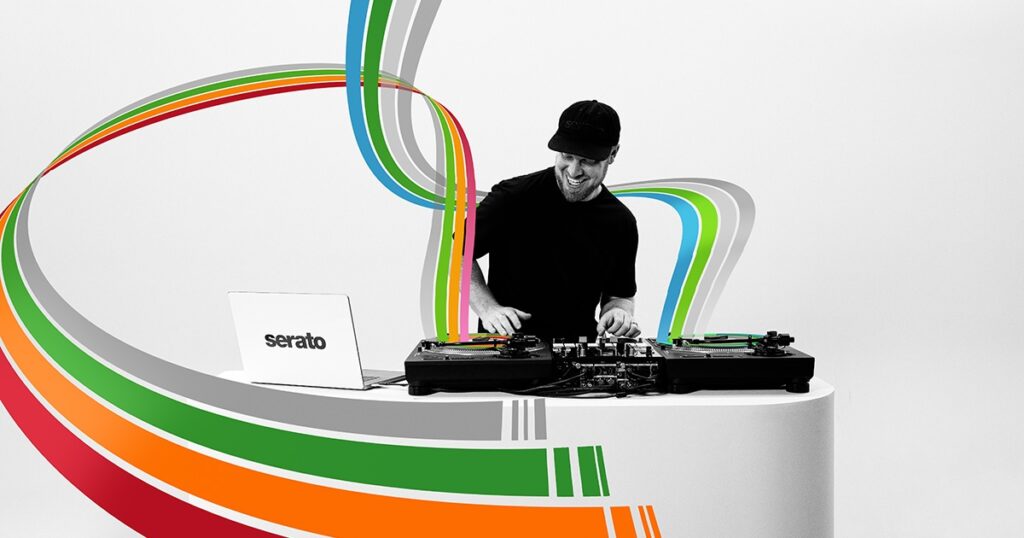
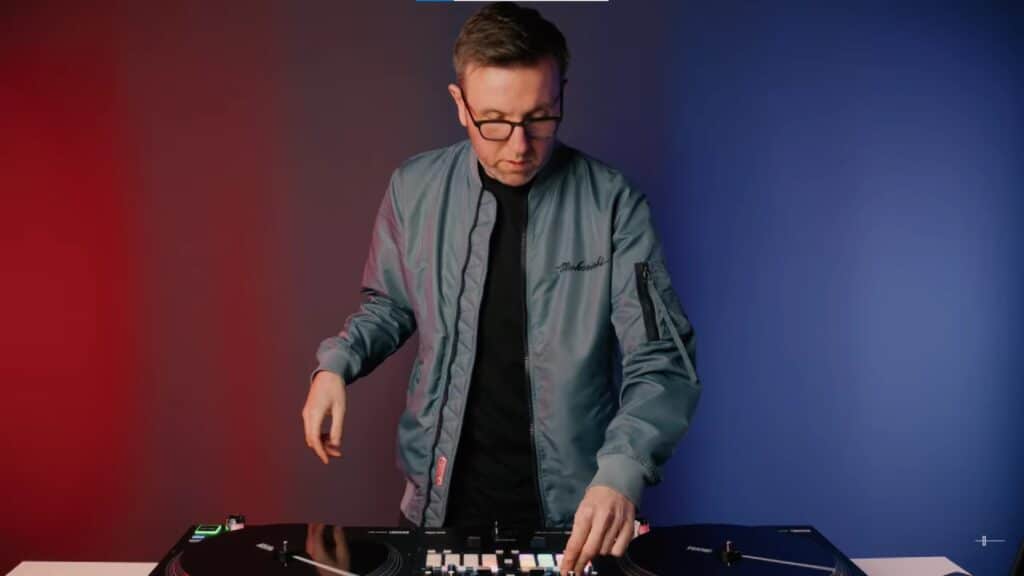
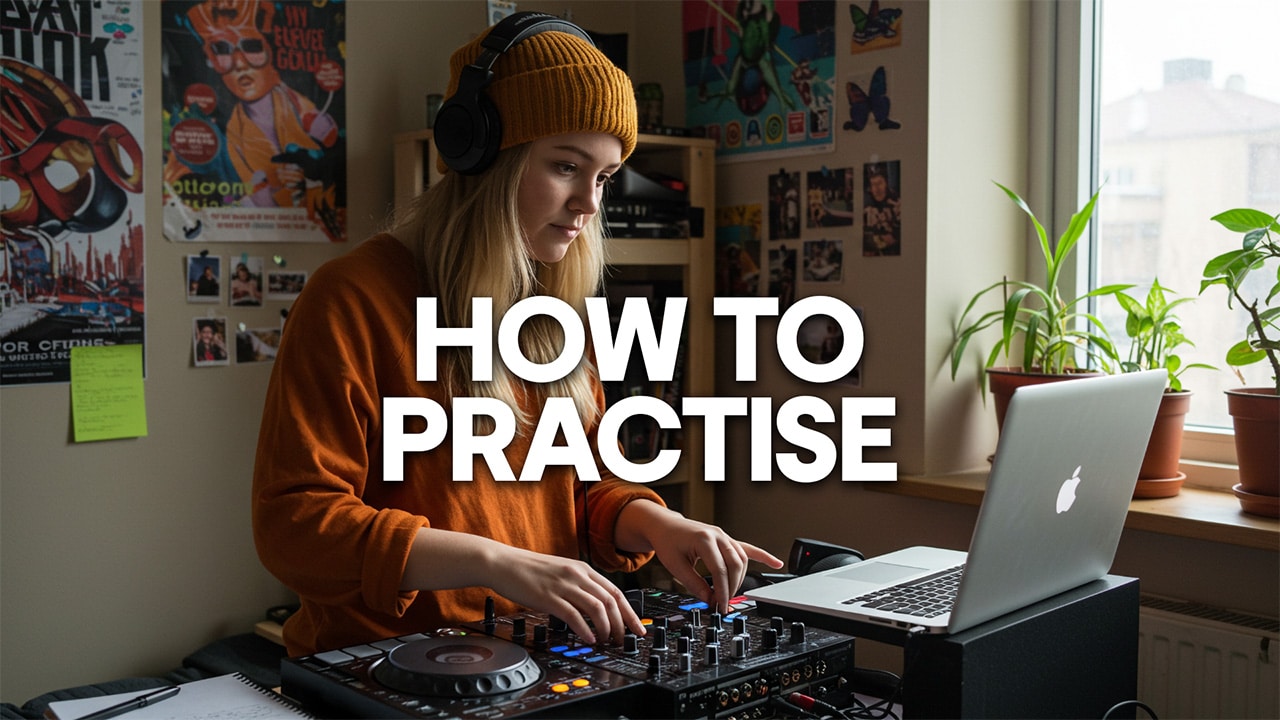
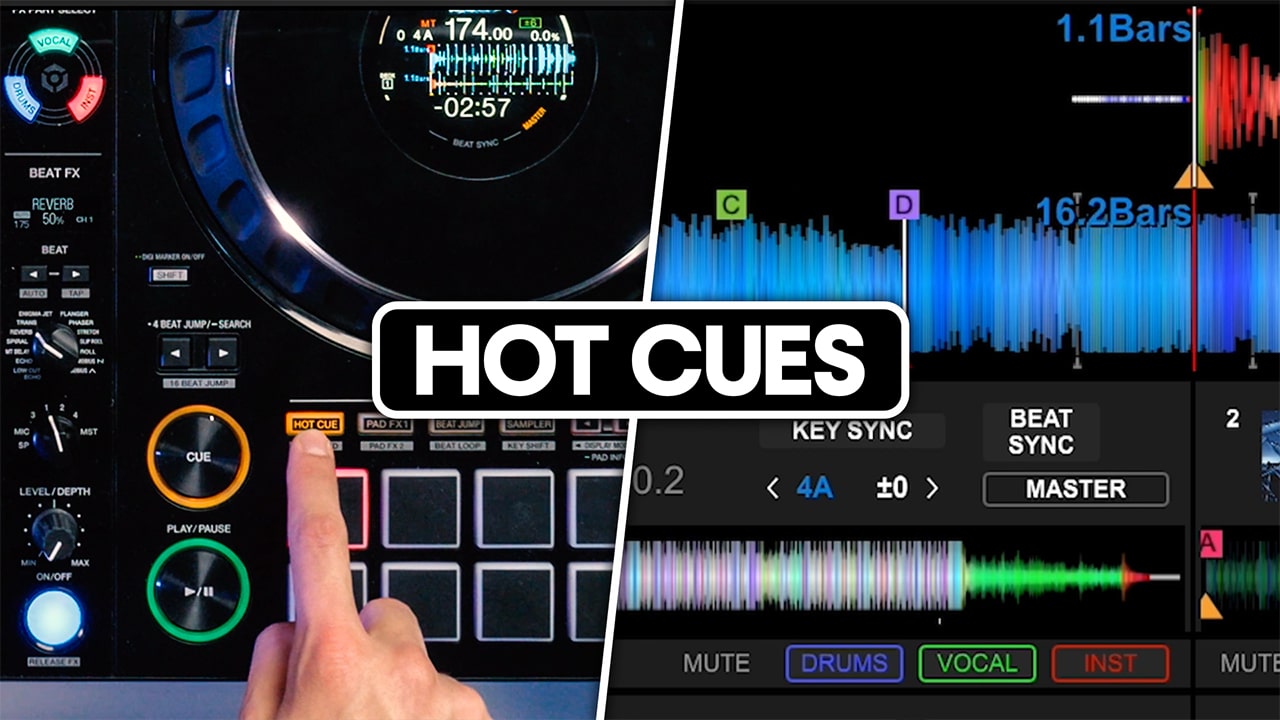
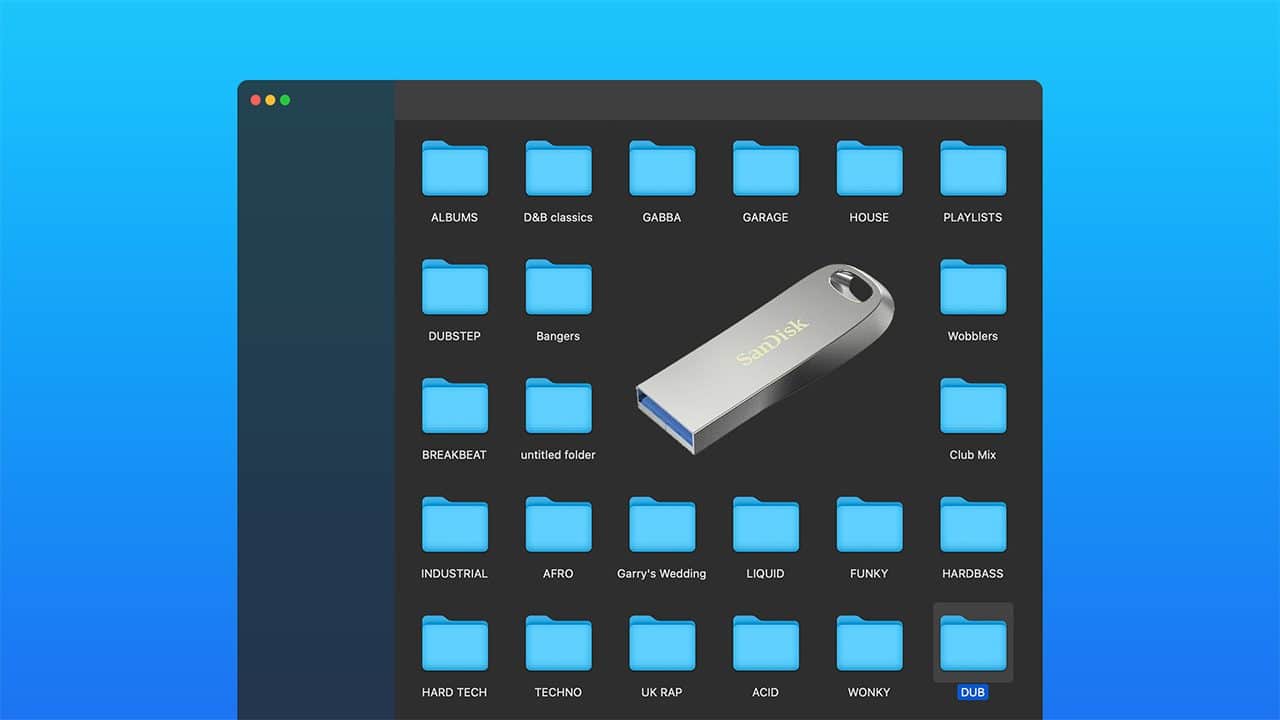
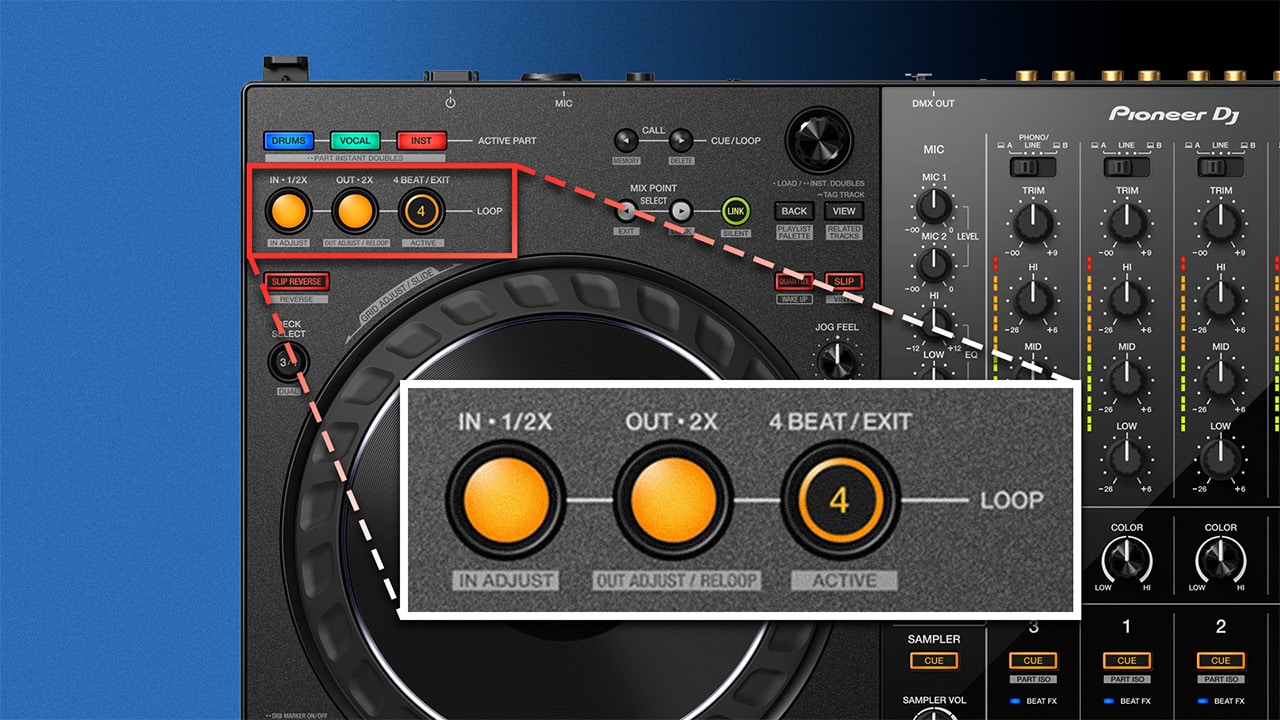
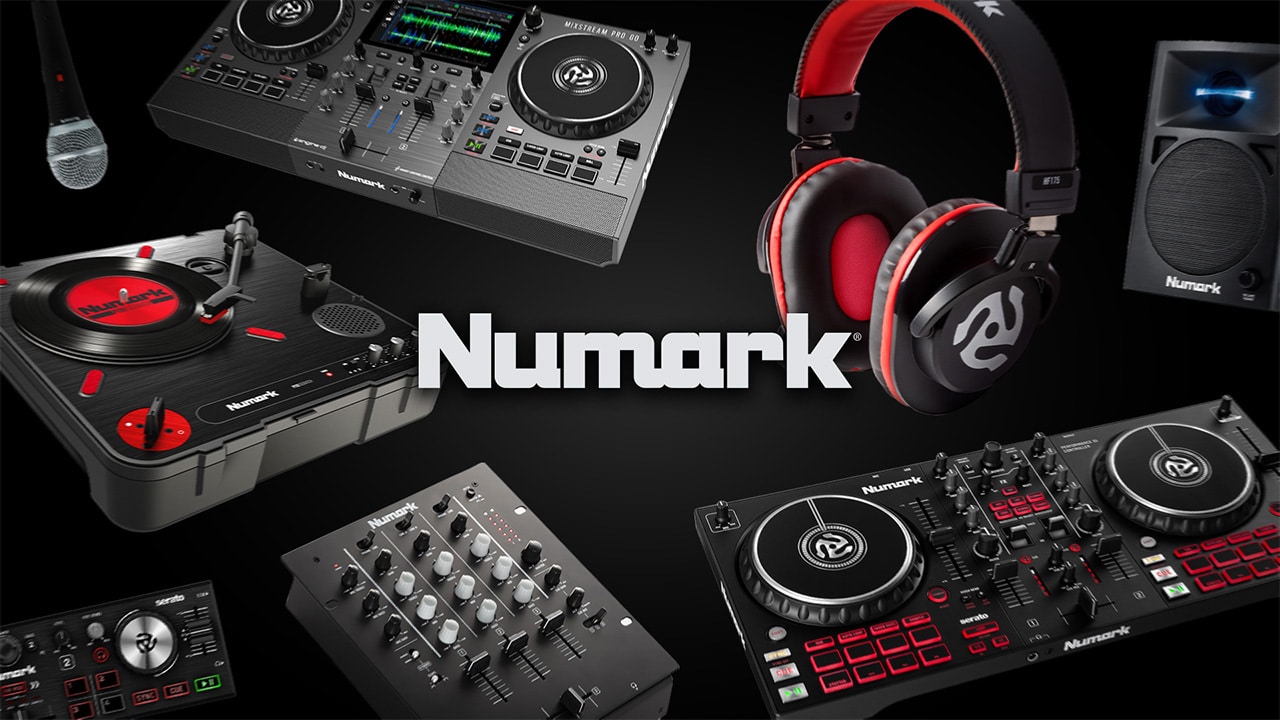
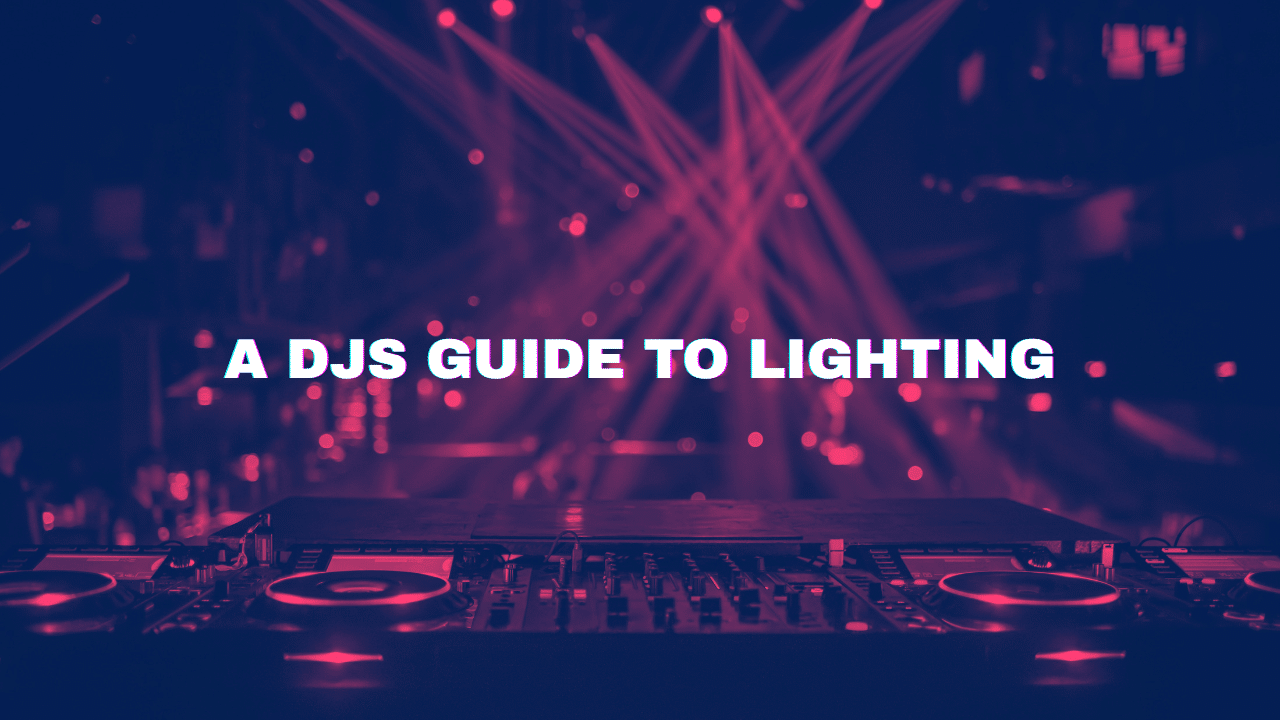
0 Comments